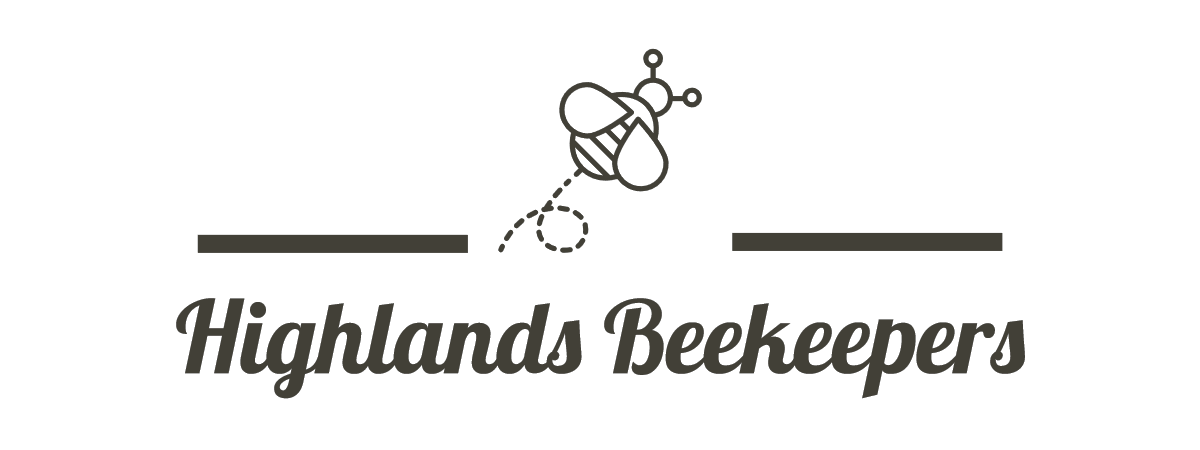Come join the BuZZZZZ
We meet the FIRST monday each month at 6:30pm in the Executive Auditorium of the Southwest Virginia Higher Education Center at I-81 Exit 14.

We meet the FIRST monday each month at 6:30pm in the Executive Auditorium of the Southwest Virginia Higher Education Center at I-81 Exit 14.
Upcoming Events: